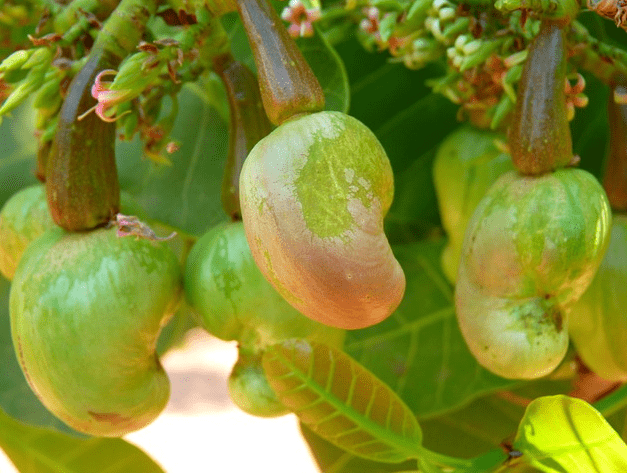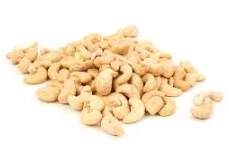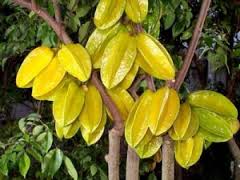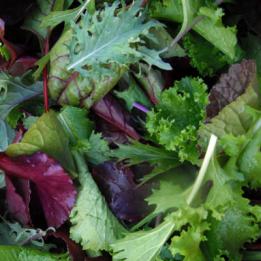If you visit the markets of Rio or Sao Paulo and ask for cashews, there's a good chance you'll be handed a pear-shaped fruit with a rich sweet flavor, often popular in its juice form.
You might be wondering whether you got confused. The cashew we know, and most of the world, even outside Brazil, is a dear and refined nut. It is indeed confusing. The well-known cashew does in fact come from the same fruit, but at a later stage in its life cycle and after due processing.
So yes, if you ever get the chance, I highly recommend tasting cashews in their natural and fresh state. Unfortunately, this is not possible outside Brazil and a few other tropical countries where the cashew tree grows. The reason is that the moment the fruit ripens and becomes suitable for eating is a short 24-hour window after which the fruit starts fermenting, progressing towards the familiar and iconic stage of the light kidney shape nut.

Nevertheless, due to its short ripening time, this fruit is almost not commercially available outside Brazil in its natural state.
So, what is the familiar cashew?
The fresh fruit will develop a kernel inside, which is the cashew seed.
It's unlikely that you've encountered the cashew kernel in its initial state in Israel, yet I must warn you! When this kernel is harvested, it is still not ready for consumption because the outer shell of the kernel is coated with a resin containing a quite unpleasant toxin called Urushiol. It probably won't kill you, but it might cause an itchy and burning allergic reaction. In short, cashews are only consumed after undergoing further processing that removes the outer layer, usually done through a heating process (and the exact process matters as excessive heating and certain processing methods can affect the quality of the product).
In any case, when you purchase cashews in Israel, especially when you buy the organic cashews our garden has to offer, you receive the final product, safe for consumption—a celebration of taste, health, and culinary possibilities.
Soon, we'll get to that, but let's spend a few words on the peculiar name and how it spread worldwide. As mentioned above the origin of cashew is Brazil, so before the early 16th century, it was unknown outside South America.
When the Portuguese and Spaniards divided South America between them, Brazil became Portuguese property. The European rulers of the continent quickly identified the value of what has since been called 'cashew nut' (although it's not really a nut) and spread it worldwide (it reached tropical countries like Vietnam). So, yes, the name is a distortion the Portuguese made of its native name, and it worked out for them: Cashew. Try saying it in a Portuguese accent; it actually sounds pleasant.

Of course, Hebrew speakers always try to be clever, and the Academy of the Hebrew Language decided in 1930 that the name of this nut in Hebrew would be תולענה. Good, right? So, the Academy decided. In this case, the Portuguese name triumphed, and that's for the best.
Cashew is an excellent source of plant-based protein, making it a favorite among vegans who often grind it to make vegan spreads and vegan patties.
Additionally, it's rich in healthy fat omega acids, antioxidants, vitamins, and dietary fibers – almost like a type of superfood. I love it because it has a unique and wonderful taste that adds an additional dimension to the kitchen. I enjoy eating it as it is, but I also like incorporating it into rice dishes, stir-fries, and even salads.








